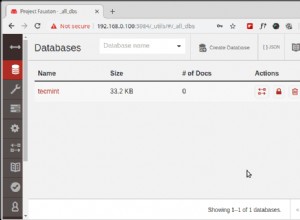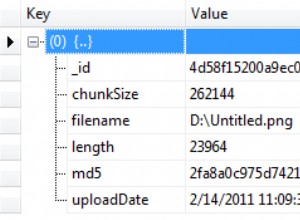Ok, mam odpowiedź. Trudno mi było to rozgryźć, szukałem godzinami ...
Oto powiązany temat, który pozwolił mi to zadziałać (odpowiedź ORAZ komentarze):
Jak usunąć Redis ze słuchaczy „wiadomości”
A oto mój kod:
io.on('connection', function(client){
console.log('Client id #'+client.id);
if (client.handshake.session) {
var user_socket_channel = client.handshake.session['user_socket_channel'];
}
var redis_listener = function(redis_channel, rawdata) {
console.log('Redis connection on '+redis_channel);
var data = JSON.parse(rawdata);
if (data.channel) { var socket_channel = data.channel; }
else {
if (user_socket_channel) { var socket_channel = user_socket_channel; }
else { var socket_channel = 'public' }
}
var rails_data = data.data;
console.log('Socket.io emiting on ['+socket_channel+']');
client.emit(socket_channel, rails_data);
};
redis_subs.on('message', redis_listener);
client.on('disconnect', function(){
console.log('Client disconnect, removing redis listener..');
redis_subs.removeListener('message', redis_listener);
});
});
W zależności od kontekstu musisz wywołać redis.removeListener w zdarzeniu io.client.disconnect.
Oto prawdopodobna alternatywa:
https://github.com/LearnBoost/Socket.IO/wiki/Configuring-Socket.IO
Nawiasem mówiąc, to powiązane pytanie wydaje się podobne z dokładną odpowiedzią, ale tak naprawdę nie jest (nie działa). Co więcej, spójrz na wyróżniony komentarz:
Jak ponownie użyć połączenia redis w socket.io?




